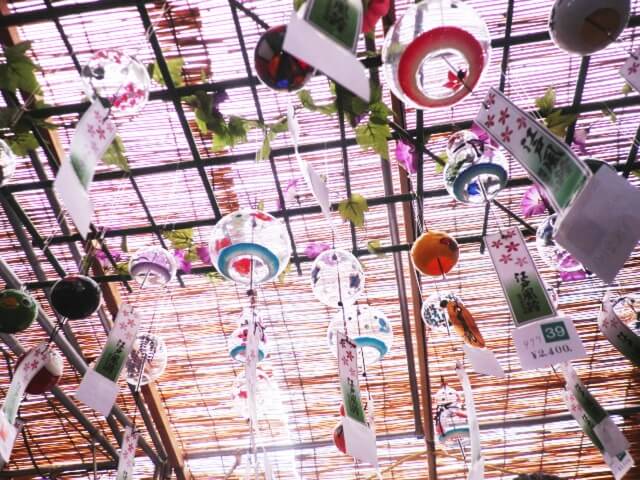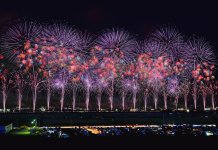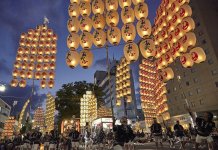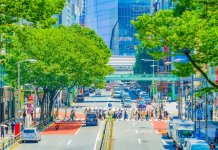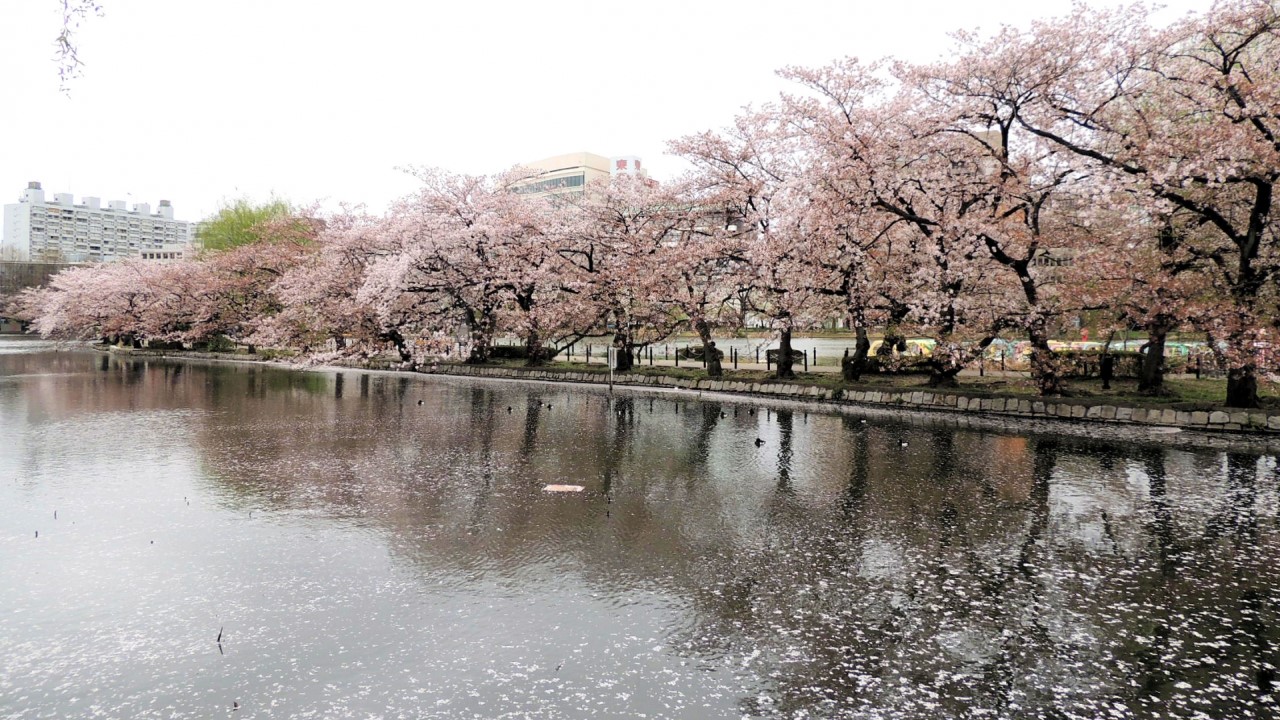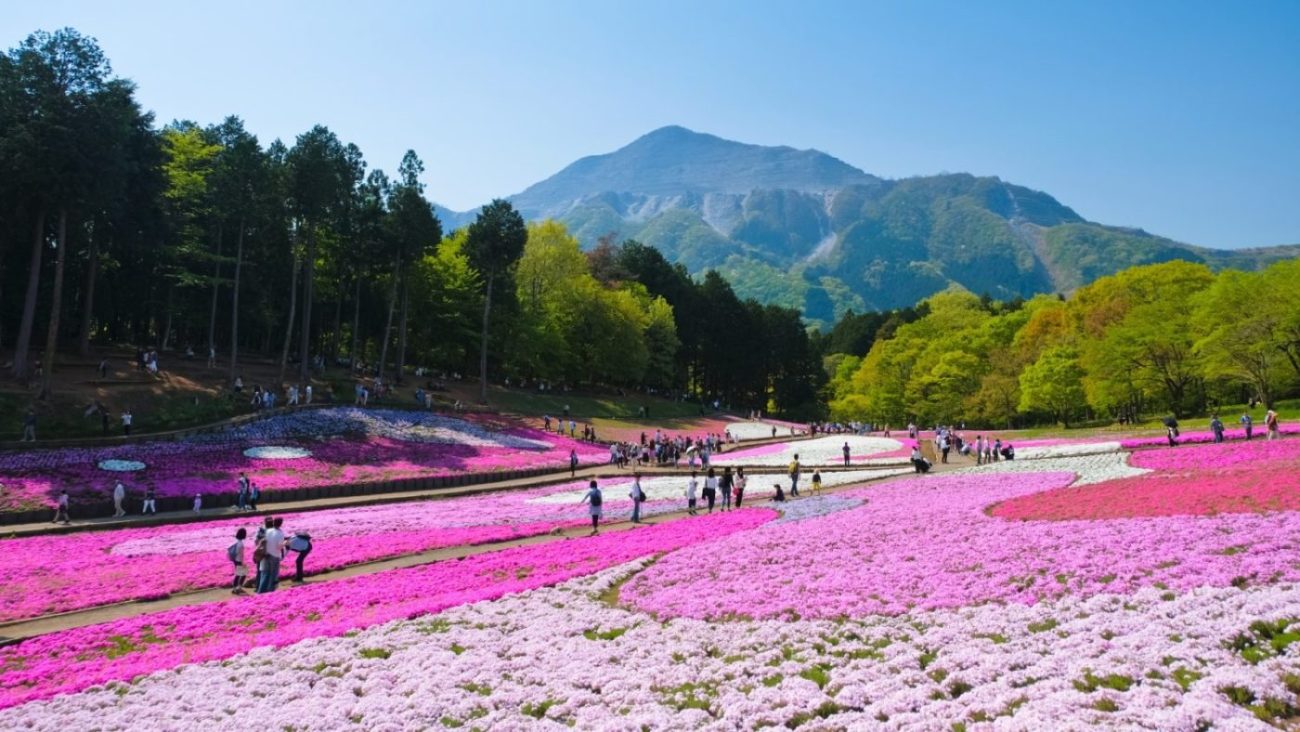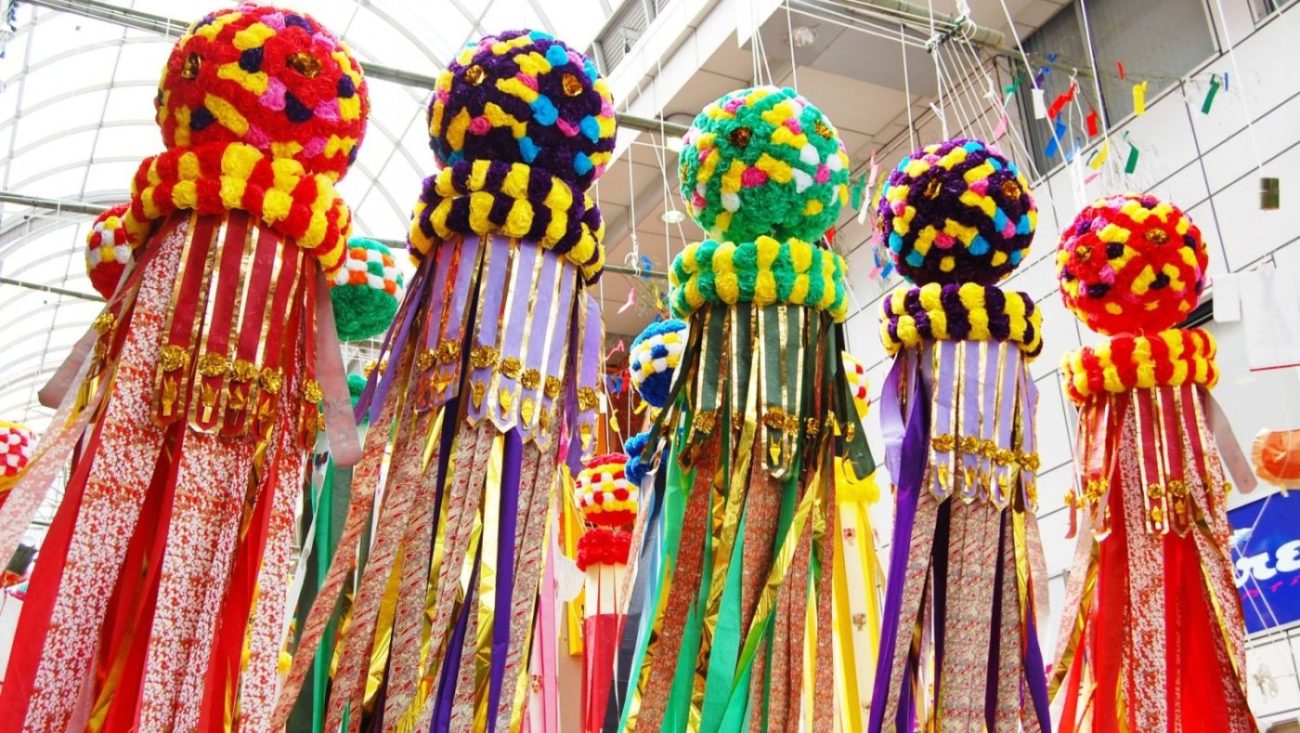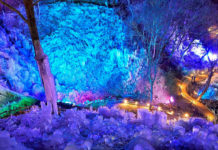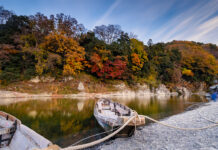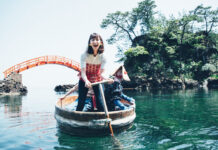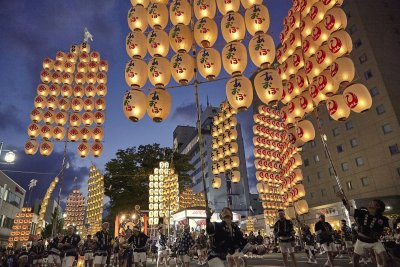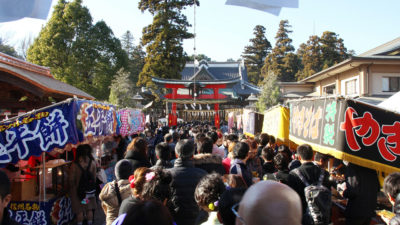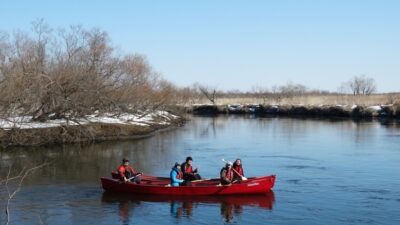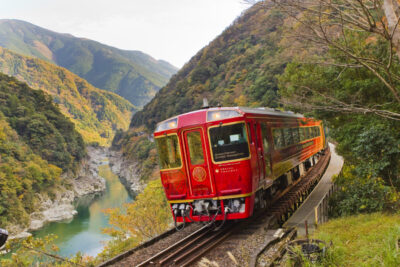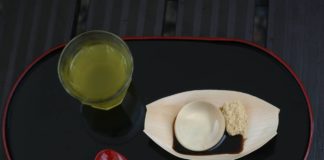A relatively new festival in Japan, Kawagoe’s Enmusubi Wind Chime Festival has proven to be very popular. Like a refreshing cool breeze, the Kawagoe Hikawa Shrine Enmusubi Wind Chime Festival is a welcomed newcomer that rings in the summer season. In contrast to all the loud and busy Japanese summer festivals, this wind chime festival in Kawagoe, Saitama is a peaceful affair.
Kawagoe Enmusubi Wind Chime Festival
The cheery event takes places in summer from early July to the end of August in Saitama Prefecture at the Kawagoe Hikawa Shrine in the Tokyo suburbs. Aside from the furirn, or Japanese wind chime, festival Hikawa Shrine draws visitors all year. That’s because the Hikawa Shrine is dedicated to the God of Marriage. As a result, it is a popular destination for couples or those searching for luck in love.
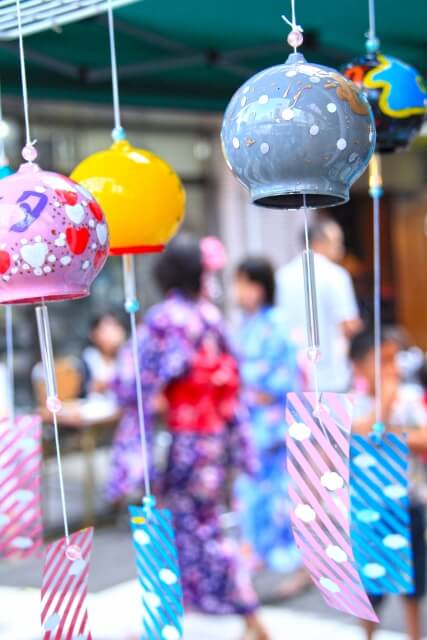
Enmusubi Furin Kairo: The Corridor of Marriage Wind Chimes
The highlight of the festival at Kawagoe’s love shrine is the “Enmusubi Furin Kairo” (Corridor of Marriage Wind Chimes). Just like the “Wind Chime Lane,” this “marriage corridor” is filled with wishes for love and happy marriages and wind chimes.
Wishes are written on colorful paper strips and tied to the wind chimes in the tunnel. Every time the wind gently flows through this tunnel of love, the Japanese furin chime together in a chorus cheering for the well-meaning wishes to come true. It is the perfect romantic attraction for Kawagoe’s Hikawa Shrine, which is known for granting healthy relationships.
Night Illuminations at Kawagoe Hikawa Shrine Enmusubi Furiin Festival
Because the festivities begin in July, the famous Tanabata Festival, Japan’s star festival, is fresh in mind. Because Tanabata is another romantic event, the Hikawa Shrine acts as a perfect venue to highlight the season. As the sun sets in the evening, a beautiful projection of the Milky Way, reminiscent of the Tanabata origin story, dazzles visitors.
After admiring both the wind chimes and the Milky Way, surely you will feel the love in the air. You don’t need to show up with a partner to enjoy the sights and sounds though. Enjoy the festivities however you like! There is still plenty to see and rich Japanese culture to experience. Also, you can find some great Japanese wind chimes to take home as a traditional Japanese souvenir.
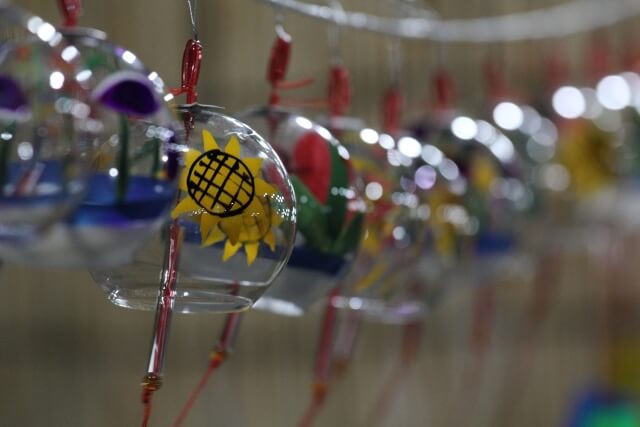
Festival Food at the Kawagoe Hikawa Shrine Enmusubi Wind Chime Festival
Even though the event is more peaceful due to the lovely chimes of the Japanese furin, there are still some staples of Japanese summer matsuri festivals present. Of course there are stalls with festival food so you can eat while watching the various performances in the court music pavilion.
Japanese festival food is delicious has a certain nostalgic feel that only comes along with the season. However, if you prefer a more refined taste, go to the nearby Hikawa Hall where a professional chef is serving a delicious buffet. Also if you have a sweet tooth, buy one of the limited edition sweets at the adjacent Musubi Café.
How to get to Kawagoe, Saitama Hikawa Shrine Enmusubi Wind Chime Festival
Luckily, Kawagoe is not far from Tokyo. So, it is easy to take a day trip to Kawagoe from the big city and enjoy some Japanese history and culture. So be sure to take your time in the “Little Edo” streets of Kawagoe in the Tokyo suburbs.
- To get to Kawagoe, Saitama in the Tokyo suburbs, you can take the Tobu Tojo Line express train from Ikebukuro Station, which takes 31 minutes.
- Also, you get to Kawagoe by riding the SEIBU Shinjuku line from Shinjuku Station. There is a limited express train which will take you to Kawagoe from Shinjuku in 43 minutes.
- Finally, there is the JR Kawagoe Line that leaves from Shinjuku Station. It is a local line, so it takes a little longer. However, it is a cheaper option and offers more stops along the way to explore. The trip takes about 60 minutes.
- To get to Hikawa Shrine, take the bus on the Eagle Line or get off at the Miyashita-machi stop on the Tobu Line.
 0
0

